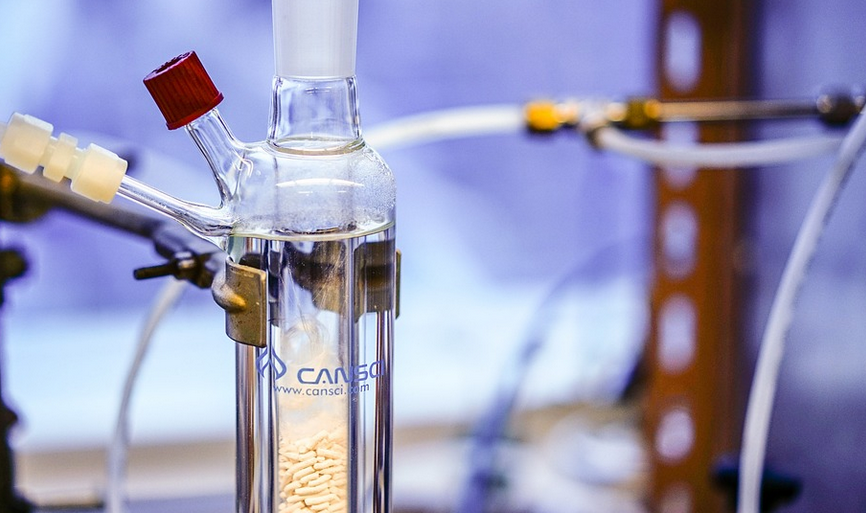Introduction
The law of conservation of mass is a fundamental principle in chemistry that states that the total mass of a closed system remains constant during physical and chemical changes. This law is also known as the law of conservation of matter. In this article, we will discuss the law of conservation of mass in detail and how it applies to physical and chemical changes.
Physical Changes
Physical changes are changes that do not alter the chemical composition of a substance. Examples of physical changes include changes in state, such as melting, freezing, and boiling. During physical changes, the law of conservation of mass holds true. For instance, when ice melts, the mass of the water formed is equal to the mass of the ice before it melted. This is because the water formed has the same chemical composition as the ice, and only the physical state has changed.
Chemical Changes
Chemical changes, on the other hand, involve the formation of new substances with different chemical compositions. During chemical changes, the law of conservation of mass also holds true. For example, when iron rusts, the mass of the rust formed is equal to the mass of the iron and oxygen that reacted to form the rust. This is because the chemical composition of the rust is different from that of the iron and oxygen, but the total mass remains the same.
Applications of the Law of Conservation of Mass
The law of conservation of mass has many practical applications. One example is in the field of environmental science, where it is used to study the effects of pollution on the environment. By measuring the mass of pollutants before and after a chemical reaction, scientists can determine the amount of pollution that has been released into the environment. This information is then used to develop strategies to reduce pollution.
Misconceptions about the Law of Conservation of Mass
There are several misconceptions about the law of conservation of mass. One of the most common is that matter cannot be created or destroyed. While this is true, it is important to note that matter can be converted from one form to another. For example, during a chemical reaction, the reactants may form products with a different chemical composition. However, the total mass of the system remains constant.
Conclusion
In conclusion, the law of conservation of mass is a fundamental principle in chemistry that states that the total mass of a closed system remains constant during physical and chemical changes. This law has many practical applications and is essential for understanding chemical reactions and their effects on the environment.

